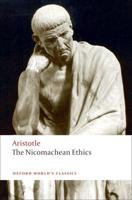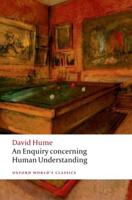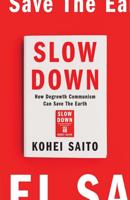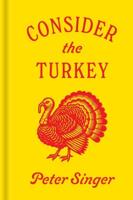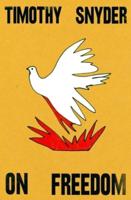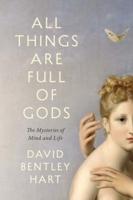Publisher's Synopsis
On the back cover of the first edition of "Struggle of the Magicians" the editors opened it with a story: "The time, early 1915, Europe engulfed in the First World War, Russia in a terrorizing October Revolution. The place, a newspaper office in St. Petersburg, a young editor by the name of Peter Ouspensky is reading The Voice of Moscow. Through spectacles his eyes fall on an advertisement, the headline reads: "Struggle of the Magicians." The text below this describes an anonymous "Hindu" who has written a ballet set in India and giving an "accurate picture of Oriental magic" there -- fakirs, miracles, sacred dances, hypnosis -- all popular fads of the time in Europe and Russia...The "Hindu" turned out to be none other than the Armenian-Greek philosopher-scientist Georg Gurdjieff, and the ballet he wrote, his point of entry into the West, The Struggle of the Magicians. Choreographed and staged for the first time more than a century ago, this ballet became a magnet attracting thousands of spiritually disillusioned men and women to performances in Europe and the U.S., and then it simply vanished from sight after WW II." The story -- recorded originally by Peter Ouspensky -- has carried over to the second edition which remains unchanged except for proofreading corrections and the addition of Appendix A. The original Introduction is still there, connecting Gurdjieff to Jean Toomer, an African American Harlem Renaissance writer and author of Cane, and documenting the editors discovery of The Struggle in the Rare Books Room of Fisk University, Toomer's Alma Mater. And last, but not least, the magical, transformative ballet scenario itself, authored by Gurdjieff, is still there. So why a 2nd edition? Appendix A. Here we close the circle opened one hundred two years ago this year (2017) in a Moscow newspaper office with Ouspensky recollecting in the Appendix his own work with Gurdjeff on "The Struggle" and giving us a rare glimpse into Gurdjieff's practical teaching: "Sometimes I worked with him for entire days and nights," Ouspensky writes, "One such night in particular remains in my memory, when we "translated" a dervish song ... I saw G. the artist and G. the poet, whom he had so carefully hidden inside him, particularly the latter. This translation took the form of G. recalling the Persian verses, sometimes repeating them to himself in a quiet voice and then translating them for me into Russian." "After a quarter of an hour, let us say, when I had completely disappeared beneath forms, symbols, and assimilations, he said: 'There, now make one line out of that.' I did not try to create any measure or to find a rhythm. This was quite impossible. G. continued and again after a quarter of an hour he said: 'That is another line.' We sat until the morning. This was in Koumbaradji Street a little below the former Russian consulate. At length the town began to wake. I had written, I think, five verses and had stopped at the last line of the fifth verse. No kind of effort could make my brain turn any more. G. laughed but he also was tired and could not go on. So the verse remained as it was, unfinished, because he never returned again to this song..." Gurdjieff Dance Movement photos included.

